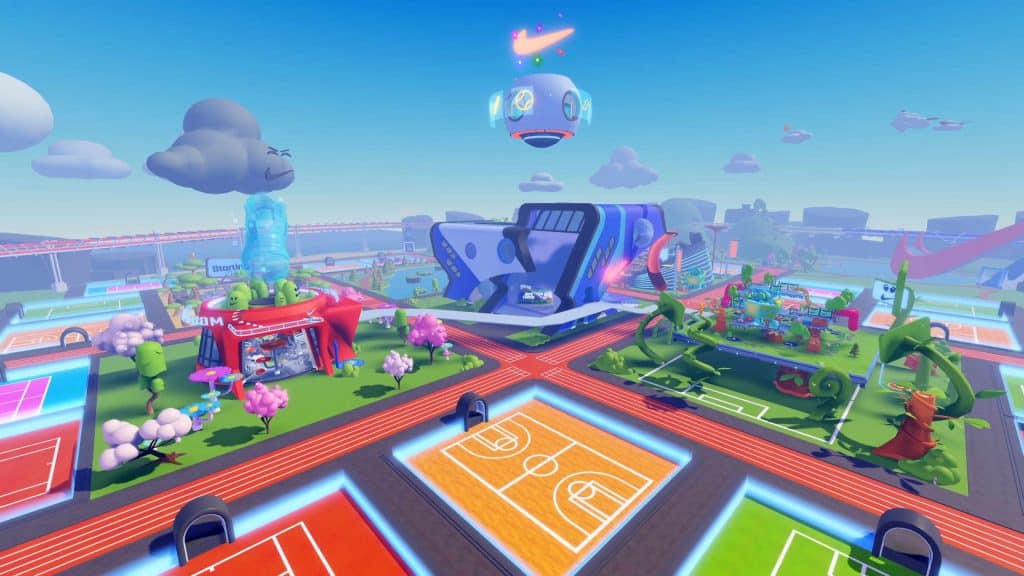
In an increasingly digital world, children are not just consuming technology—they have the opportunity to create it. Virtual worlds and interactive experiences are shaping industries far beyond gaming, from education and entertainment to business and social interaction. Teaching kids how to design and build these spaces can open doors to future careers, develop essential skills, and even spark a lifelong passion for creativity and innovation.
The Power of Virtual Worlds
Virtual worlds are more than just video games. They are immersive spaces where users can explore, interact, and even learn in ways that traditional media cannot offer. Platforms like Minecraft, Roblox, and Unreal Editor for Fortnite (UEFN) allow kids to design their own environments, create interactive mechanics, and develop experiences that others can enjoy.
By learning to build in virtual worlds, kids gain:
Problem-solving skills: Designing a functional game environment requires logical thinking and troubleshooting.
Creativity and imagination: Crafting new worlds encourages kids to think outside the box and bring their ideas to life.
Collaboration and communication: Many virtual world projects involve teamwork, where kids must communicate and work together effectively.
Technical skills: Learning tools like UEFN introduces kids to coding (with the VERSE language), 3D modeling, and game mechanics—all valuable skills for future careers in technology and design.
The Role of Interactive Devices
Interactive devices within virtual worlds make experiences dynamic and engaging. Whether it’s a switch that opens a door, a teleportation device, or an AI-controlled character, these elements teach kids how to program logic, experiment with physics, and create more immersive experiences. Understanding how to integrate devices into game environments helps kids develop computational thinking—an essential skill for coding and engineering.
How Parents Can Support Their Child’s Interest
As a parent, you might wonder how to help your child explore this exciting field. Here are a few ways to get started:
Encourage hands-on learning: Platforms like UEFN, Roblox Studio, and Minecraft Education Edition offer free tools for kids to create their own experiences.
Provide structured learning opportunities: Online courses, tutorials, and interactive classes can guide kids in building more advanced projects.
Join a community: Many platforms have forums, Discord servers, and local meetups where young creators can share ideas and get feedback.
Enroll in a class: If your child is interested in learning UEFN (Unreal Engine for Fortnite) and the VERSE coding language, my upcoming class provides a structured, hands-on way to dive into creating interactive game environments. I also offer classes using Minecraft and Roblox.
Conclusion
The ability to create virtual worlds and interactive experiences is more than just a fun hobby—it’s a gateway to valuable future skills and opportunities. Whether your child dreams of becoming a game developer, an engineer, or simply enjoys building digital spaces, learning these skills now can set them up for success.
Other Resources To Get Your Child Creating
Helping Kids Learn Independently with Roblox Creator Hub and AI
Getting Started With Scratch Programming
Creating a Minecraft Mod in MCreator (Ages 9-14)
STEM Project Using Roblox Studio: (Ages 8-14)
Helping Kids Learn to Code with MIT App Inventor: A Guide for Parents
